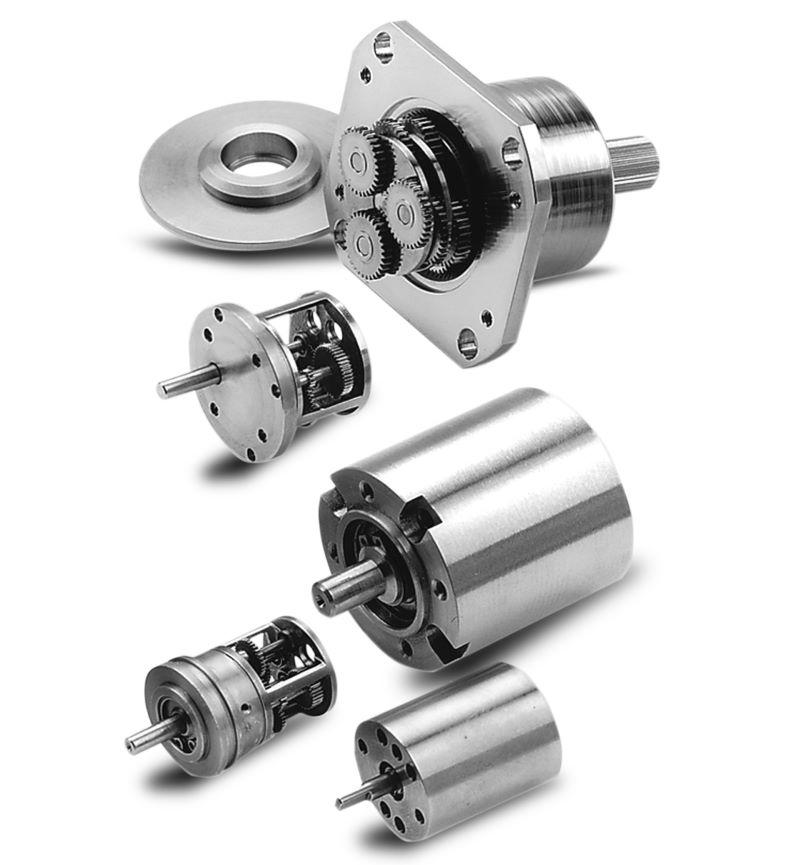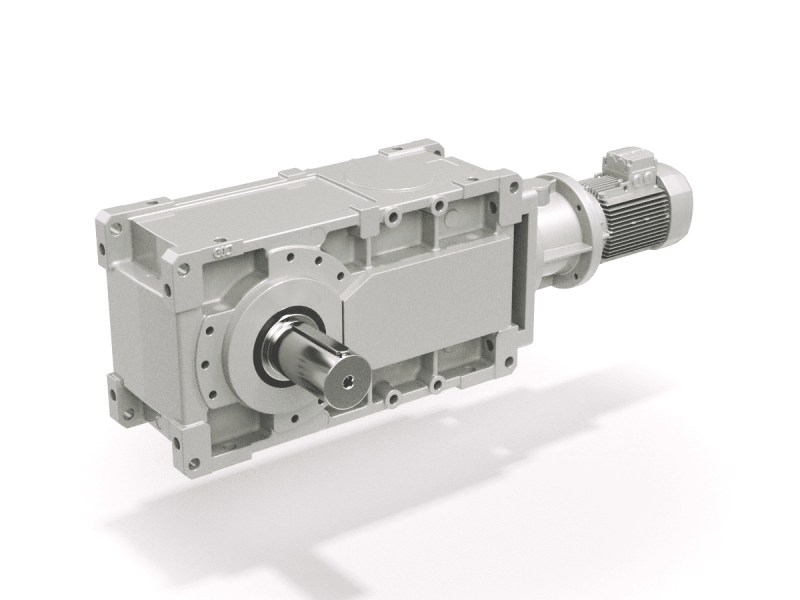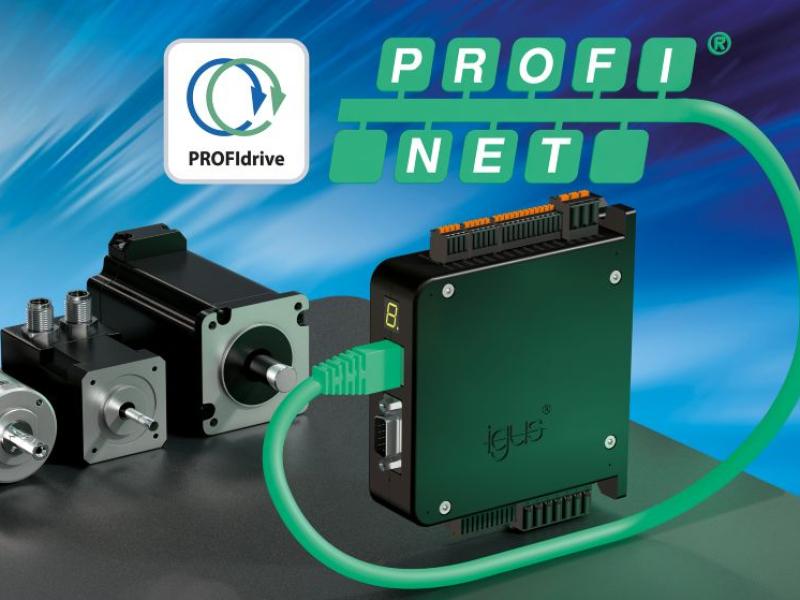The miniaturisation of power transmissions enables design engineers to create dynamic solutions that improve accuracy and efficiency while offering practical benefits in terms of footprint and ergonomic design. Selecting a gearhead to integrate with your motor at the point of specification is a cost-effective and reliable method of adapting a miniature motor for a specific application; thus optimising performance, efficiency and durability.
An electric motor will perform most efficiently when operating within a relatively narrow bracket of its rated load - typically most efficient at approximately 75%. The majority of applications require specific values for speed and torque, most likely where higher torque at lower speed is required. To achieve such results directly from the motor, an engineer would have to specify a significantly oversized model. This would be uneconomical and impractical due to excessive costs and ergonomic challenges. Therefore, incorporating gearing is a crucial consideration when designing the powertrain.
Flexibility and power
Specifying a gear set along with your electric motor allows the motor to operate at its designed load with increases to the output torque and changes to the output shaft speed. Gearing allows the operator extremely precise control over the output of any motor, which in many cases means a far smaller motor can be selected than would otherwise be the case. This inevitably means that the system is more efficient (and therefore more cost effective) to operate, with the added benefit of reduced mechanical wear and tear as a result of it operating within its ideal window.
Assuming the application falls within the vast majority of those that benefit from gearing, it’s highly likely that an integrated gearhead will be the preferred option.
A gearhead, (aka ‘gear reducer’ or ‘enclosed speed reducer’) is a self-contained gear set that is mounted directly onto the output shaft of the electric motor and integrated into the design to deliver a single ‘geared motor’. This integrated design offers greater performance to the design engineer and eliminates the need for couplings or other mechanical components that would reduce overall drivetrain efficiency. The benefit of well-specified gearheads can be seen in industries and applications as diverse as machine tools and conveyor systems, through to robotics, power tools and even hand-held surgical devices.
Choosing your gearhead
While there are many variations of gearhead technology – many with specialized use cases – for the purposes of this article we will focus on the two which are most widely utilized for miniature applications: spur compound gearboxes and planetary gearboxes.
Spur compound gearboxes are what many people would consider the ‘typical’ gearbox design, utilizing a series of spur gears to provide a precise reduction ratio. In addition to its simplicity, the spur design offers the advantage of exceptionally high efficiency (up to 95%) per train due to the low friction of the single contact point. Furthermore, there is inherent design flexibility as the output shaft can be out of line with the input and the direction of rotation can be reversed by simply specifying an odd number of reduction stages.
Spur compound gearboxes are best used in applications where the efficiency of the system is of the highest importance, or in applications where the designer wants greater choice of motor positioning relative to the output shaft. For applications where torque performance is paramount, and an extremely high reduction ratio is needed to reduce the output speed, a planetary gearbox may be preferable.
The planetary concept involves three or four ‘planetary’ gears that are in contact with a single ring gear. The introduction of multiple contact points allows high torque to be transmitted reliably as the load is more evenly distributed. Further, by varying whether the planetary or ring gear is fixed, a wide range of gear ratios can be achieved. For example, Portescap’s high-speed planetary gearboxes can tolerate input speeds of up to 20,000 rpm and output speeds of several thousand rpm. As a result, engineers can benefit from extremely high values of speed and torque within a very small footprint.
Getting technical
The following calculations can be used to determine the reduction ratio of each gearbox type:
Spur Gearhead:
• The pinion of radius r1 and number of teeth z1 drives the input wheel of radius r2 and number of teeth z2
• The reduction ratio per train ‘i’ is z2:z1 which is equal to r2:r1
Planetary Gearhead:
• The pinion S (sun pinion) having ‘s’ teeth is driving the planets P (3 or 4 per train) which have ‘p’ teeth and are fixed to the planet carrier
• A = stationary annulus with ‘a’ teeth
• The reduction ratio per train is: i = (a:s) +1
While Portescap would always recommend that manufacturers speak to gearbox experts or suppliers when specifying their gearhead, there are some standard factors that should be considered. By understanding the load requirements, space constraints and output speed it should be possible to determine whether a spur or planetary design is the best option. Further consideration of the operating environment, mounting options and the overall budget may then help identify any special requirements the application will have.
For more information, visit www.portescap.com






